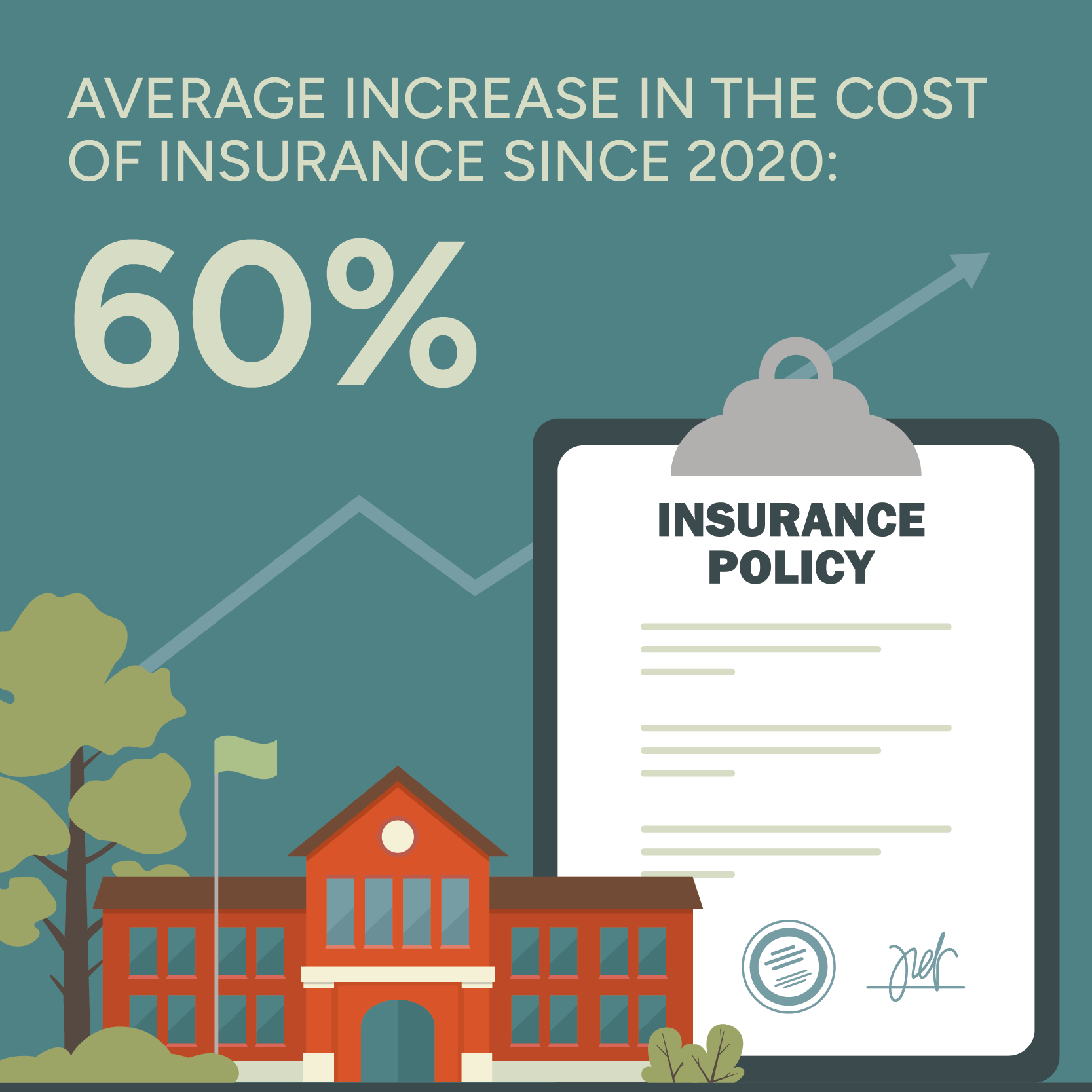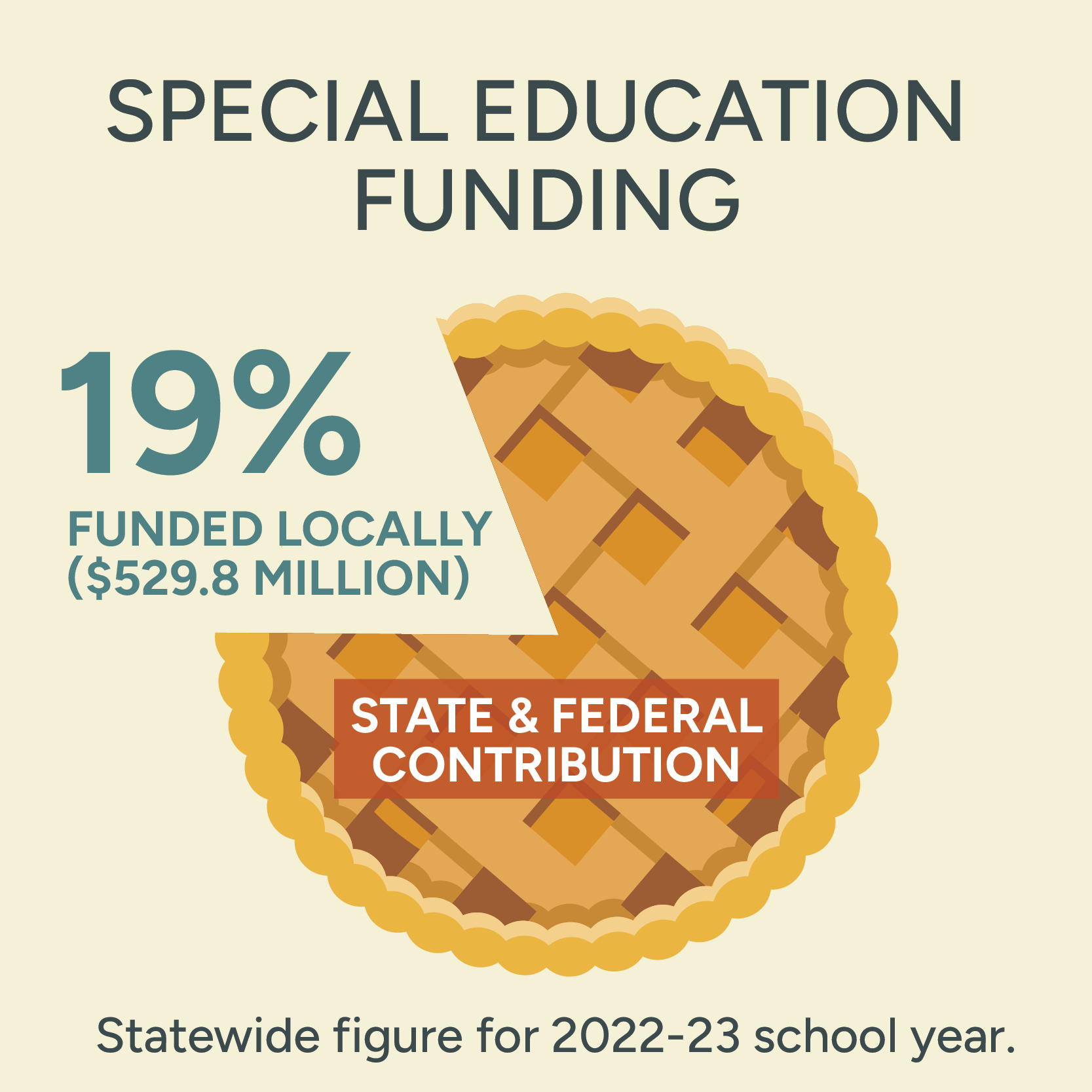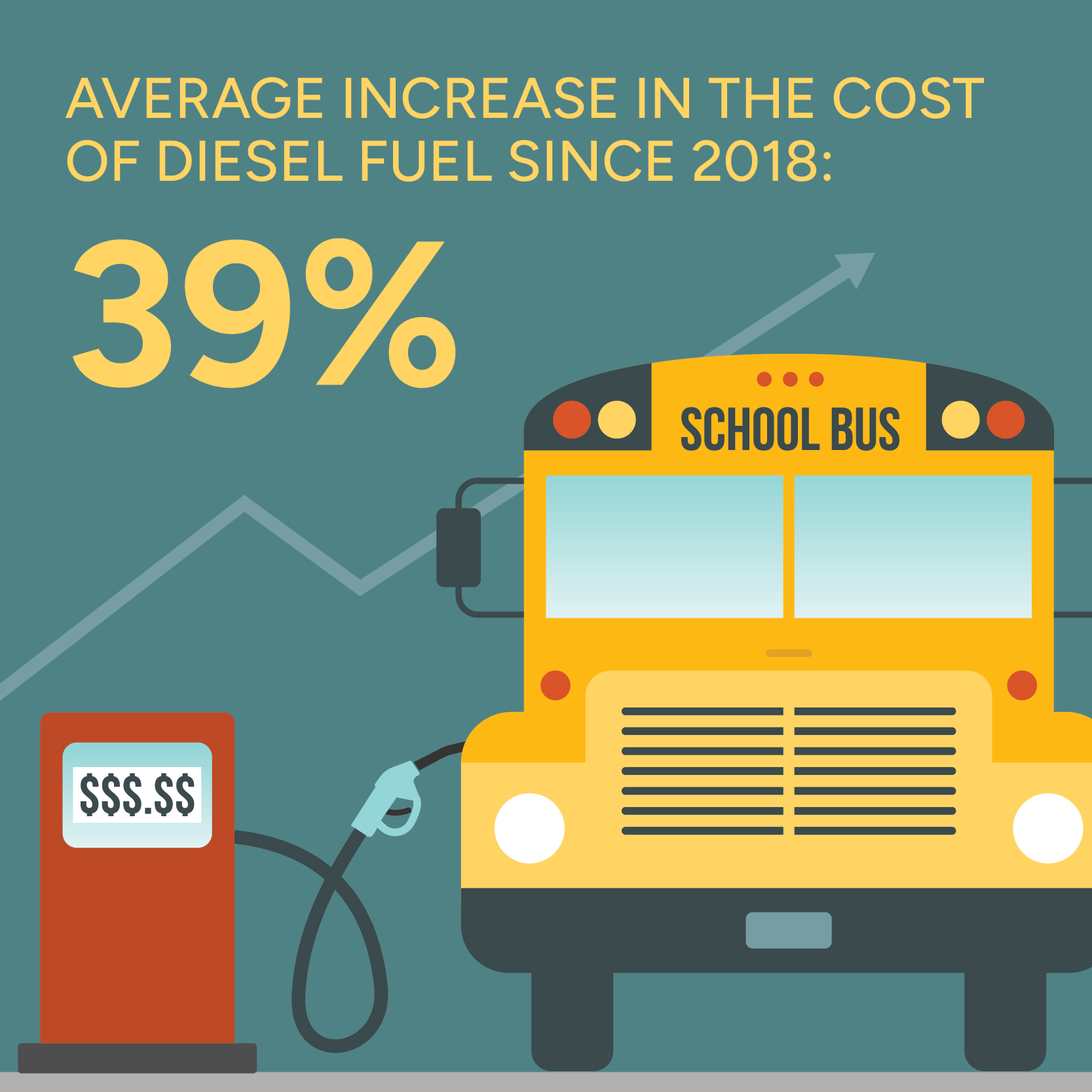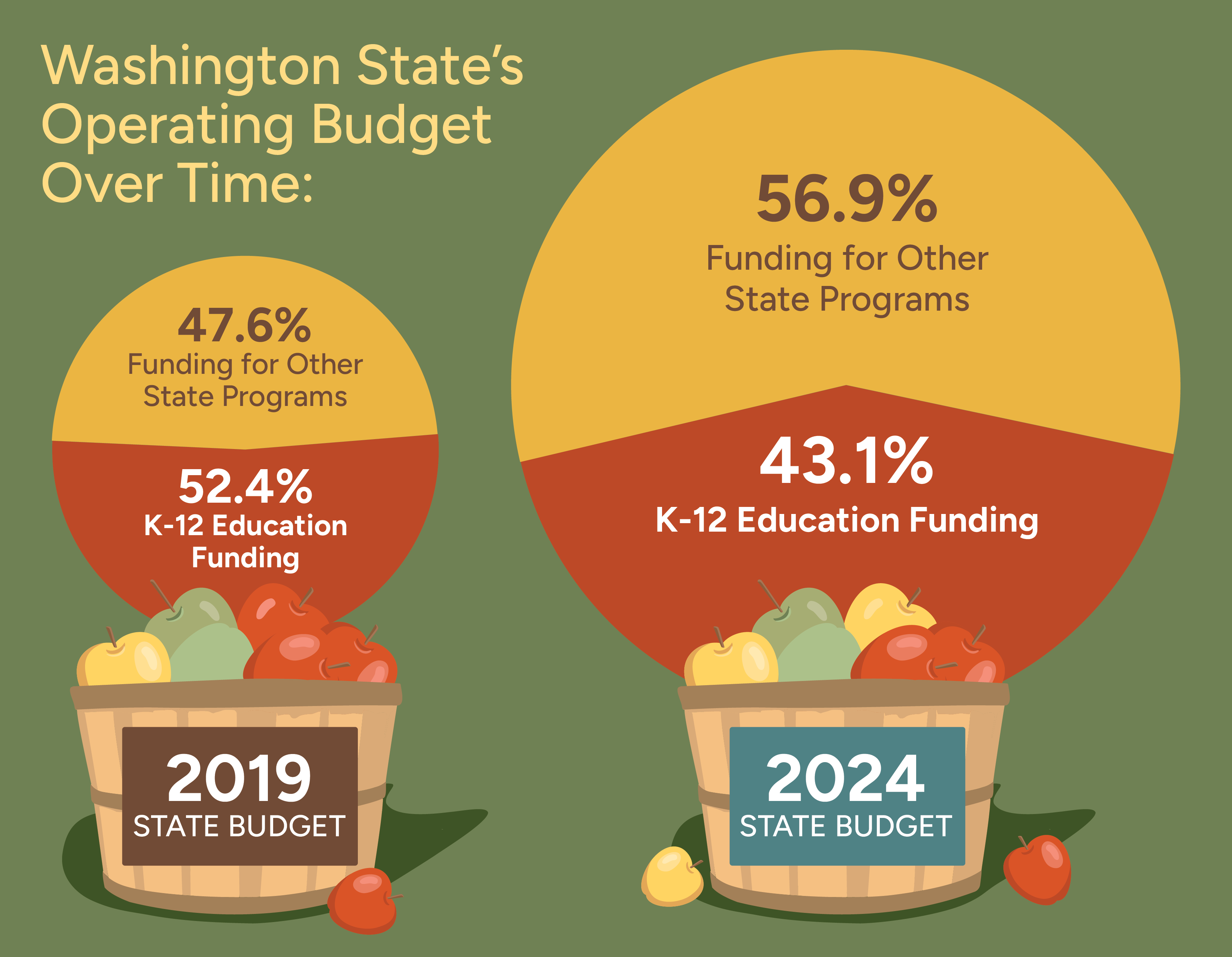District Budget Planning
Financial planning for any fiscal year shall not deviate materially from the Board’s policies, risk fiscal jeopardy to the district, or fail to be derived from a multi-year plan.
Accordingly, the Superintendent shall present to the Board a recommended budget which:
Is consistent with the Board's established priorities;
Is in a comprehensive summary format understandable to the Board and community.
Adequately describes major budget initiatives and funding sources;
Compares, for each major fund type and activity, the amount of actual expenditures for the most recently closed fiscal year, budgeted expenditures for the current fiscal year, and proposed budget expenditures for the next fiscal year;
Discloses major budget development assumptions, including anticipated changes in state funding;
Provides adequate and reasonable budget support for Board development and other governance priorities, including the costs of fiscal audits, Board and committee meetings, Board memberships and district legal feels;
Takes into consideration fiscal soundness in future years nor ignores the building of organizational capabilities sufficient to achieve End in future years;
Reflects anticipated changes in employee compensation including inflationary adjustments, step increases, and benefits.
Further, the Superintendent shall not present to the Board a recommended budget which:
Plans for the expenditure in any fiscal year of more funds than are conservatively projected to be received or appropriated during the year unless otherwise approved by the Board in a multiyear projection;
Plans for the reduction, without approval of the Board, of the unreserved and undesignated general fund balance for any fiscal year to less than 3.0 percent of total expenditures;
These guidelines conform to the Board’s policy on budget development and will guide the entire budget setting process.
Core Issues in School Funding
North Mason School District continues to innovate to meet the growing needs of our students while balancing the increasing costs associated with these needs. We are not alone in this dilemma, as many school districts around the state find themselves in a similar, difficult financial position - with costs and needs exceeding funding from the state.
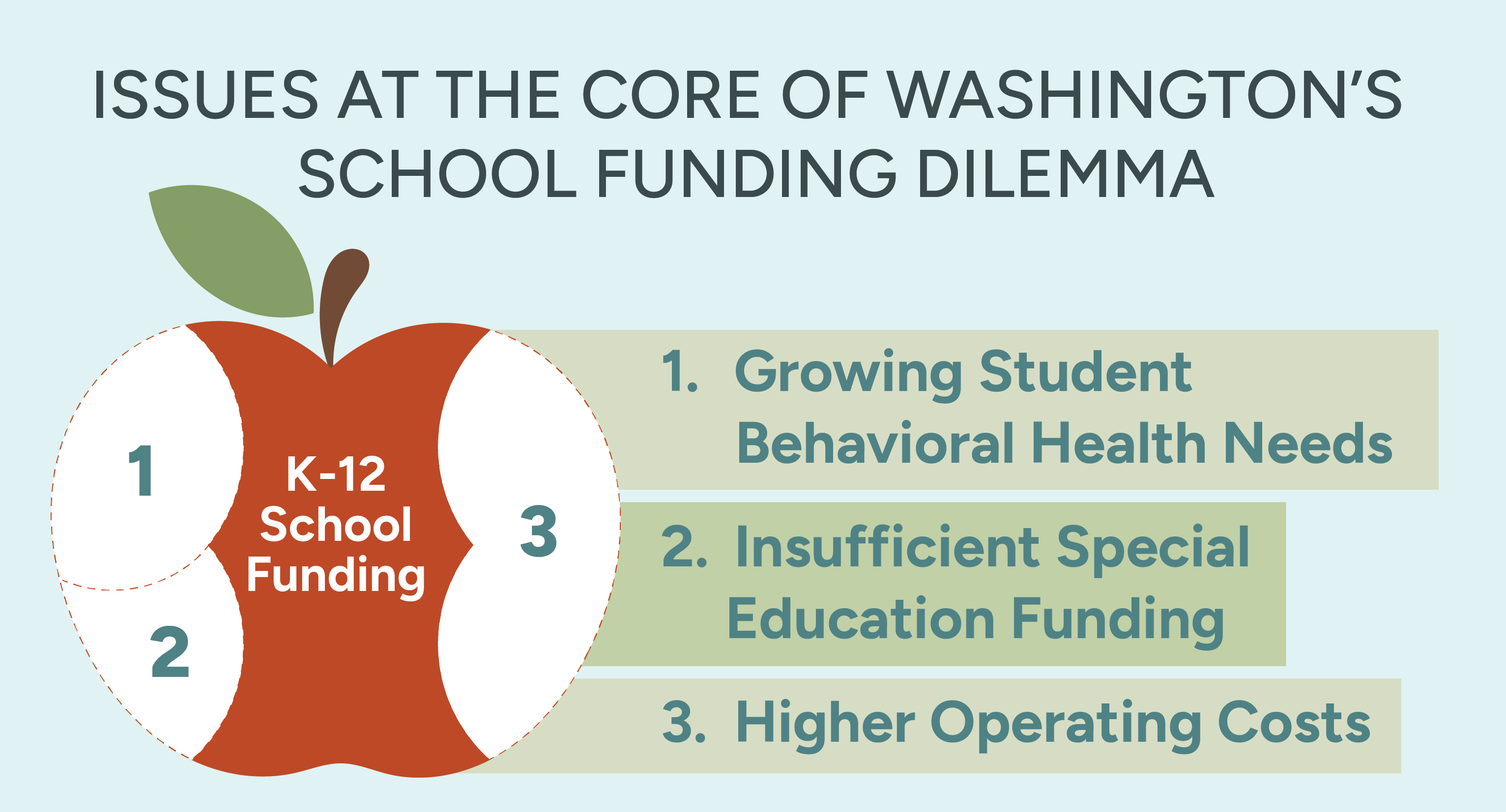
Major factors impacting school budgets, including ours, are: the cost of providing special education services exceeds the funding we get from the state and federal governments; student needs have grown and changed, yet the money to support these needs is going away, even though support is still needed; and costs for the things school districts need to operate has skyrocketed, yet the funding the state provides for these necessities has not kept up.
This website: www.waschoolfunding.org from the Washington Association of School Administrators (WASA) helps to put the scope of our state’s K-12 education challenges in context. This resource helps to clearly explain the issues creating financial pressure on K-12 school districts and the need for state funding allocations to reflect these increasing costs.

